In order to emphasize the exquisite style of your lawn, a flower garden or a conventional courtyard, it is only necessary to edit the edging of these territories. She will finish your natural "masterpiece" and will exalcate him as a frame picture. A very relevant trend in our time began to fraperate a household plot with various border colors.
Rules for choosing border colors
When making a border, the main thing is to make it not only beautiful and unusual, but also practical. To withstand all these conditions, some simple rules should be adhered to:
• Color gamut edging must complete the overall composition of the land. To do this, you need to select border colors of the most contrasting, compared to the rest of the range, shades;
• Having plant perennial varieties, do not forget that they will grow both upside down and styling. Therefore, clearly define the required boundaries, it is desirable with a small "stock";
• Do not leave the gaps between the colors, it is better to land them as close as possible;
• Do not choose Flowers that will decay in different directions or tie them. In this regard, low-spirited shrubs are best suited for borders;
• Use unpretentious plants that will look good in any weather.
The main thing when choosing border colors to determine their type and variety. Therefore, how to find out all the facts about the most popular plants.
Annual curb flowers
Varieties of curb colors There are a huge set. Conditionally, they can be divided into annuals and perennial. The first live a short life. Despite this, every annual flower will delight you with bright, diverse paints and amazing beauty. Before boarding aluminors, a difficult stage of growing seedlings should be held. For this, at the end of March:
• Seed seeds should be purchased;
• Prepare a substrate for sowing seeds. Be sure to make sure its quality. It is possible to do this by a simple and hard way: to plant a trial batch of colors in a few weeks before sowing;
• Prepare seeds themselves: Depending on the variety, they need to hold it in warm water to a small swelling;
• If the above event is not required, you can immediately move to the next step - sowing;
• Next, depending on the type of plant, care for the seedle to the moment of its landing in the ground.
The main disadvantage of annual border colors is that in the fall they fade forever. And next year, the framing will have to restore and pass a long process from growing seedlings before falling down flowers in the ground. Of course, you can simplify the task, acquiring the seedlings ready for landing. But in this case, you will have to tinker in the mud for several days, depending on the dimensions of the land. Fortunately, this is the only drawback of the curb of one-air and it completely pays off due to their chic mind and unique beauty. Seedling is fairly cheap. And in the annual color garden update you can also see your advantages: every year you can experiment, create new original borders, combining different color gammas, varieties and forms. Among the annual curb colors you can highlight a clear list of the most popular and beautiful.
1. Aster Dwarf Climson. For the design of the curb it is best to use low-spirited flowers. That is why Dwarf Astra is so appreciated. It is like a small fierce bush on average 20 cm in height and 35 in width. With all this, the Astra has a dwarf unusually long color brushes - up to 15 centimeters, which bloom from the end of July to the first frosts of thick-marked flowers with curved petals, which are superimposed on each other a series of thick strips.

2. Marigold Or, as they are called in the people, black breakdowns will also become an excellent decoration of any land plot. They differ from other edging plants with their diversity: exist both velvety and simple petals. As for the color scheme, bright orange color in different variations prevails here. It is noteworthy that in one blooming you can even observe a few shades of this color. Also pleases the duration of the flowering of velvetsev - from mid-June to the first frosts.
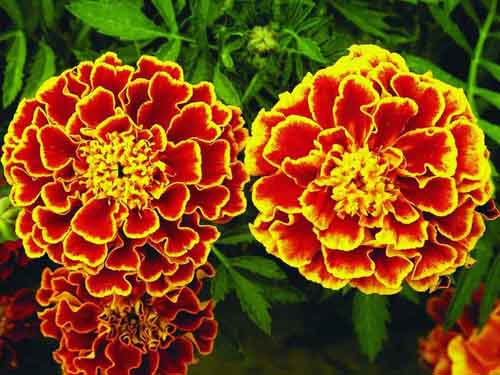
3. Ageratum. Unusually valuable in flower growing, low-grade plants of Ageratum. And all because of the unusual, as for annual colors, color - bright blue, purple and blue. Ageratum is a small shrub with a multitude of tubular flowers. They are collected in separate baskets. The flowering period is long enough - from June to the beginning of autumn.

4. Nasturtium - Very popular when planing a border. This plant extremely loves heat and a large amount of light, so in the darkened regions of the lawn, it is unlikely to take root. Perhaps this is due to the color of the colors - juicy orange, yellow and red. A special chic plant attaches an unusually large size of the floweros. Blossom begins in June and fades the first frosts. If you were seduced by a bright nasturtium, carefully examine the rules for the care of it - it requires a maximum of attention to their "person."
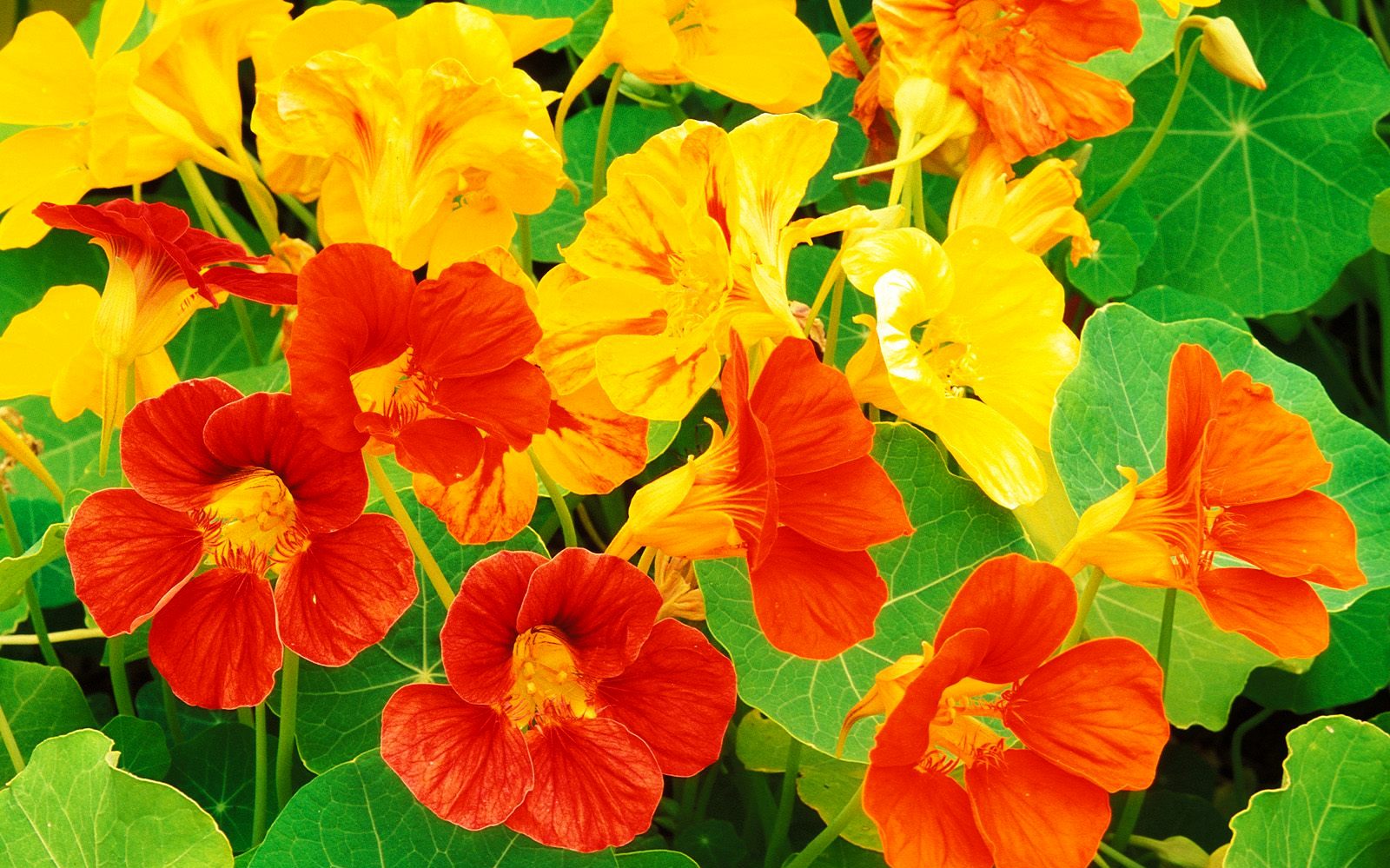
5. Verbena. Despite the fairly simple type of colors, Verbena looks more impressively when decoking the final edging. And all through a variety and bright color hammies palette. In addition, Verbena is quite unpretentious, does not like frequent, abundant irrigation, but will not give up solar baths. Flowers from June to October.
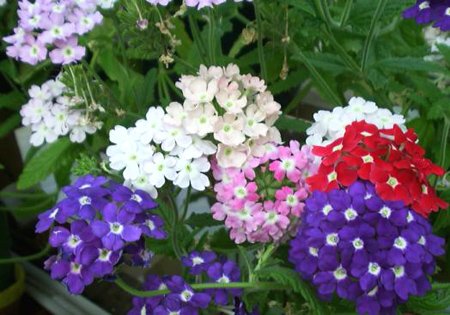
6. Lelvestia. Flowers saturated blue or white flowers. Many loved literacy for truly royal species - the flower view reminds of the rounded crown. A small bush (up to 20 centimeters) with hundreds of colorful small flowers will definitely make attention to themselves. Ripens in June and pleases the eye to the first frosts.
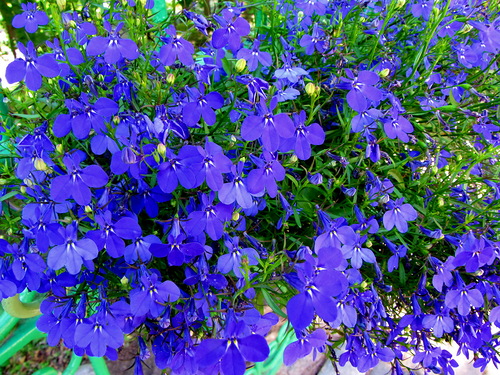
7. Iberis - Flowers with white "lumps", which resemble snowballs. It will perfectly complete any flower composition, playing in contrast. After all, as you know, white decorates everything. Flowering can be observed twice over the summer.
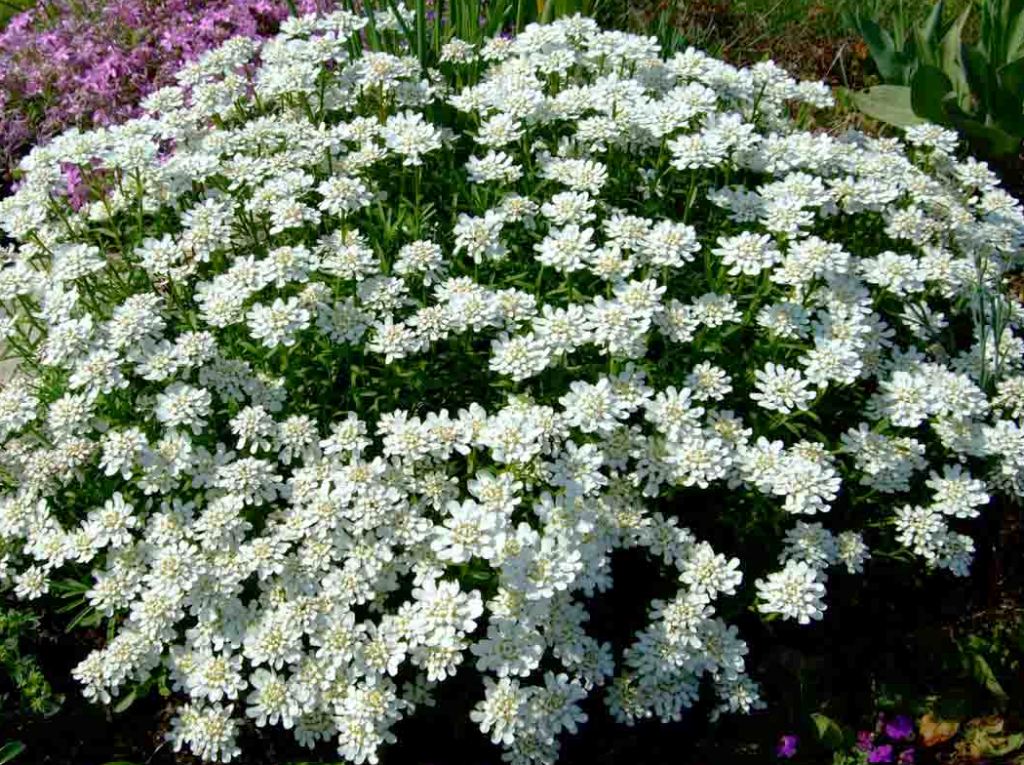
8. Cineraria. This is a majestic, similar to the ash corals. The plant will perfectly complement any decor of the earthen section. The plant does not like abundant moisturizing. In darkened areas, it can purchase a gray glowing color. You can observe from the end of May to the first frosts.
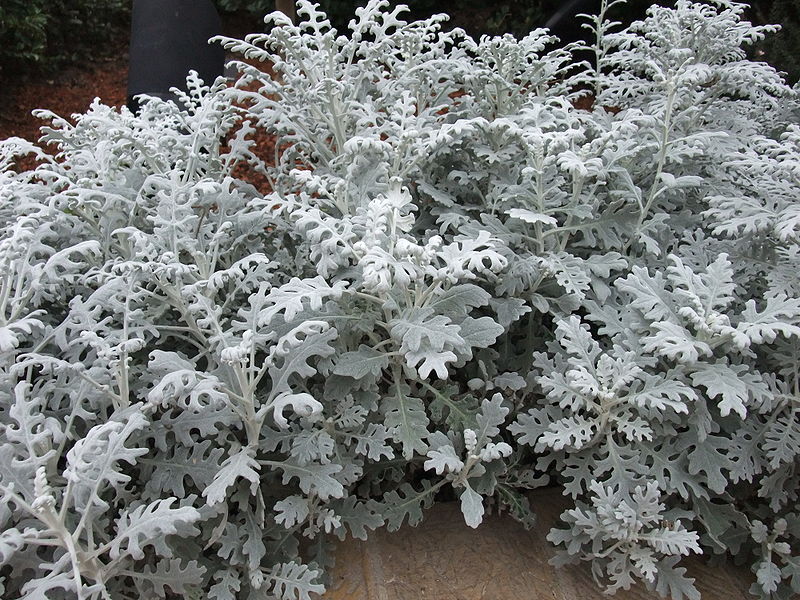
Perennial curb flowers
Perennial garden flowers deliver to their owners much less hassle than one-air. With the beginning of frosts, they discard the stem, flower and other herbaceous part. Rhizomes go to sleep stage. So perennial plants experience even the coldest winter. And with the first heat of the plants "awaken" and again let their paps to the sun. Conditionally border low-colored flowers can be divided into two types: those who love the shadow and those who love the light. And the first, and others are famous for extraordinary colosts.
Description and photos of border colors-lines that love shadow
1. Dotcentra. Unfortunately, the dicentré was undeservedly put on the far level in the list of the most popular plants. It is very wonderful, because this flower has an unusually elegant view from greenish-blue sheets to flowers, in shape resembling a chopped heart. The flowering period varies within 40-50 days in the middle of summer.
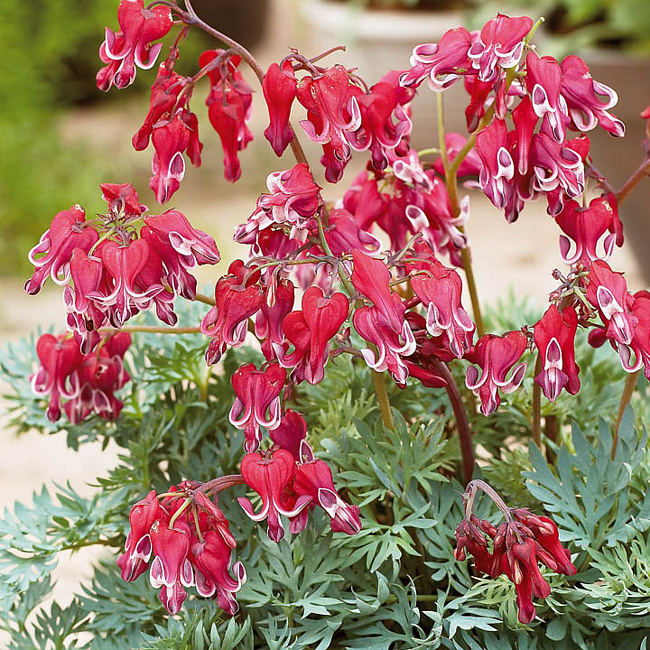
2. Blue host. The one who saw this plant at first glance appreciated his unusual exotic appearance. Outwardly, the Blue Host resembles a sheaf of huge bright blue, white, blue or purple leaves. Depending on the grade, it acquires a different form, size and texture. You can observe both matte and glossy petals, smooth or "flavored" leaves. A bright highlight of the plant is an extraordinary aroma. Flowering lasts for July-October.
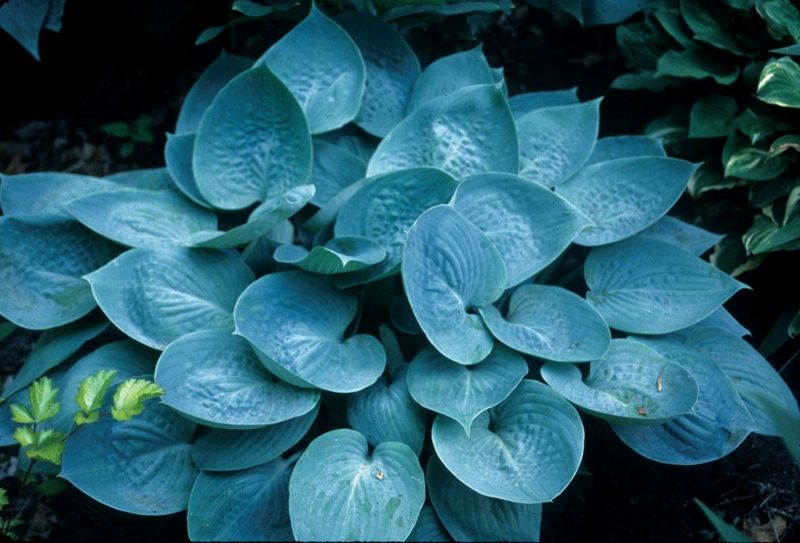
3. Perfect for the framing of the land in the shade astilba. The inflorescences of this plant affect the imagination of their airiness and ease. Mostly Astilba flowers with different shades of pink and red, and the flowers look like a small box.
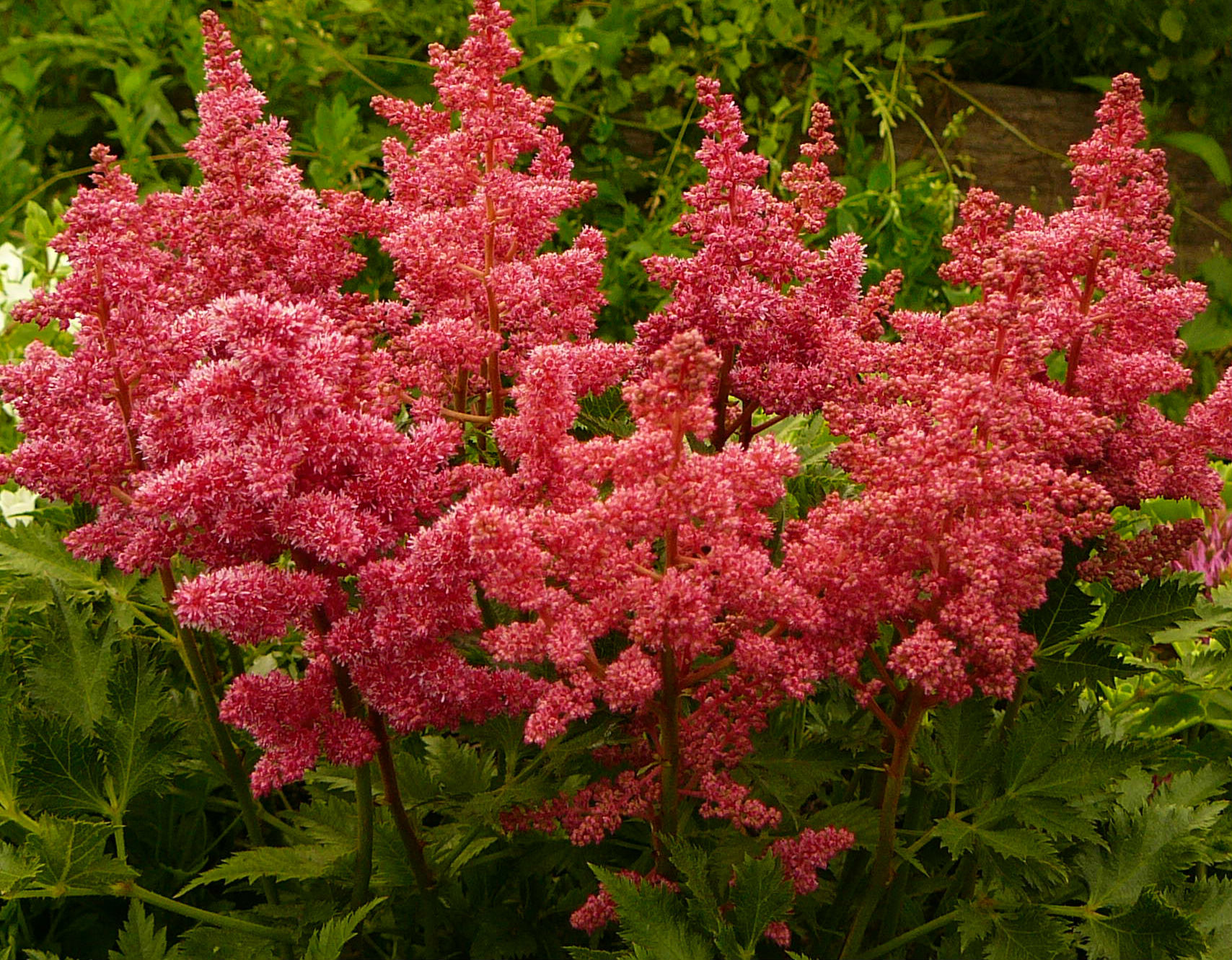
List of light-lived perennial names of curb colors
1. Arabis. Flowers predominantly pink, red, purple and white. Flowers can not only be simple, but also velvety, which is distinguished by Arabis among other colors-lies. Blooms in April and remains colorful until early July. Throughout the season, it can significantly grow.
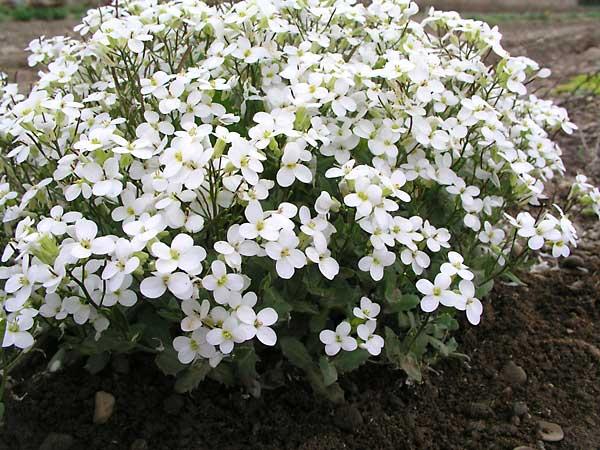
2. Schitt-Luk. Although this plant is very common in horticultural circles, it is rather funny than attractive. Flowers mainly purple color. The floweros is located on the top of a high thick leg. By the way, the Schitt onions can be eaten. Flowers from July to middle of autumn.
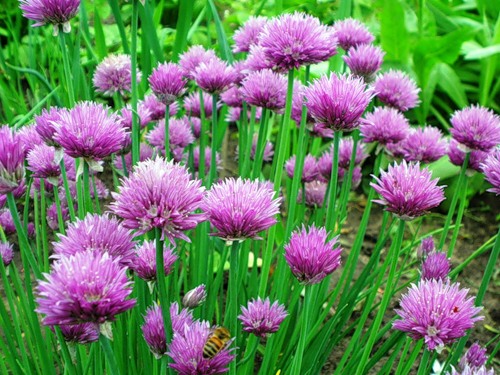
3. Avens. During the flowering period, this plant "throws out" massive flowers. Most often they are red or yellow. Duration of flowering - from May to June.
4. Devichi Piremum. At first glance, the plant looks like a chamomile, but clinging, everyone will surprise his unusual appearance. The first thing that is appreciated in Pyrethrum is a maiden - its numerous small flowers. They grow up around the perimeter of the entire bush. It blooms solely white, from late June to the beginning of autumn.

5. Labor. Perfectly combined with any kind of colors. The luggage as if envelops the carpet of blue flowers throughout the territory on which planted. Home Value is extreme unpretentiousness and endurance. Pleases the eyes all summer.
The choice of curb colors is a matter of taste. Someone likes a bright simplicity, someone exotic originality, the main thing is that your border emphasizes the natural beauty of the bed.

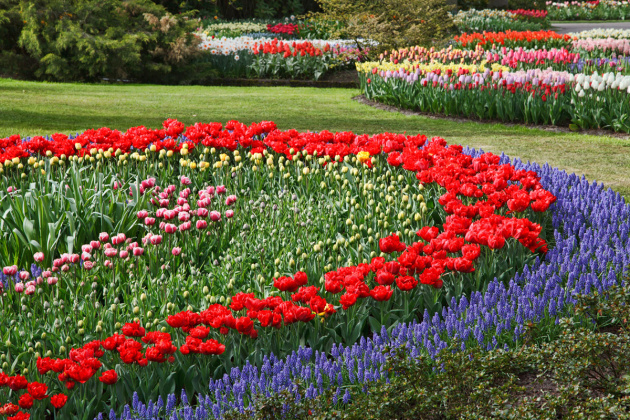
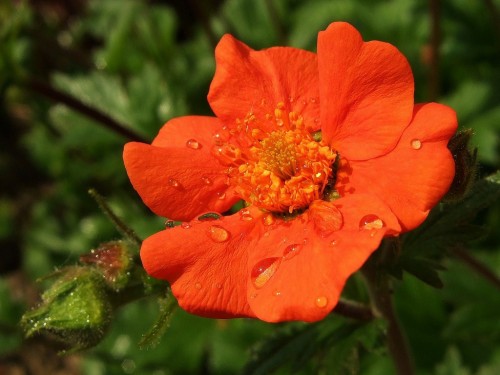
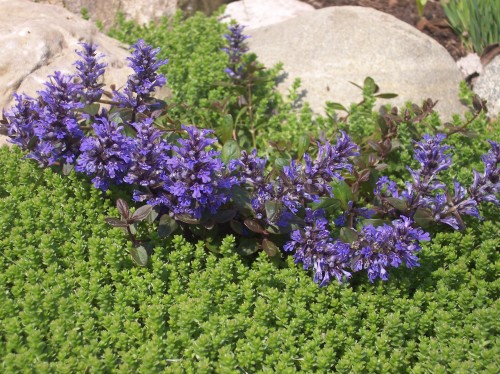





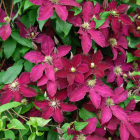
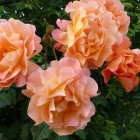

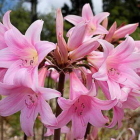
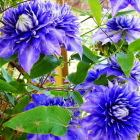
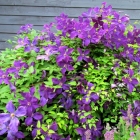
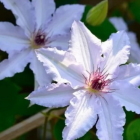
 Start a discussion ...
Start a discussion ...